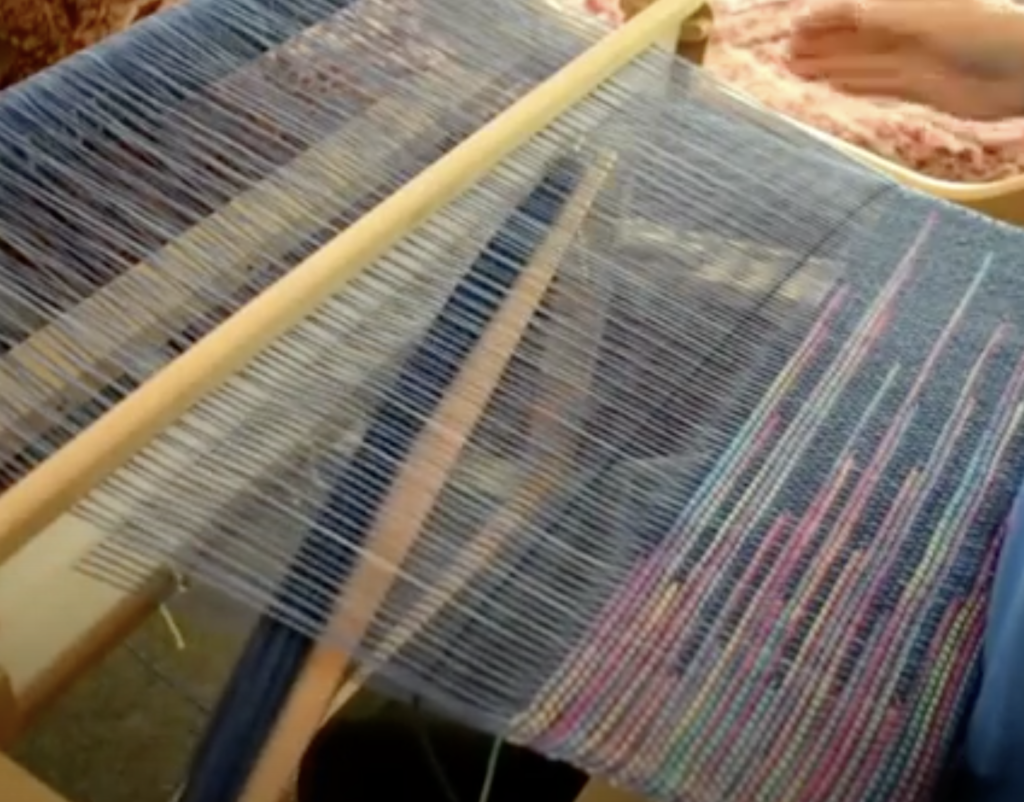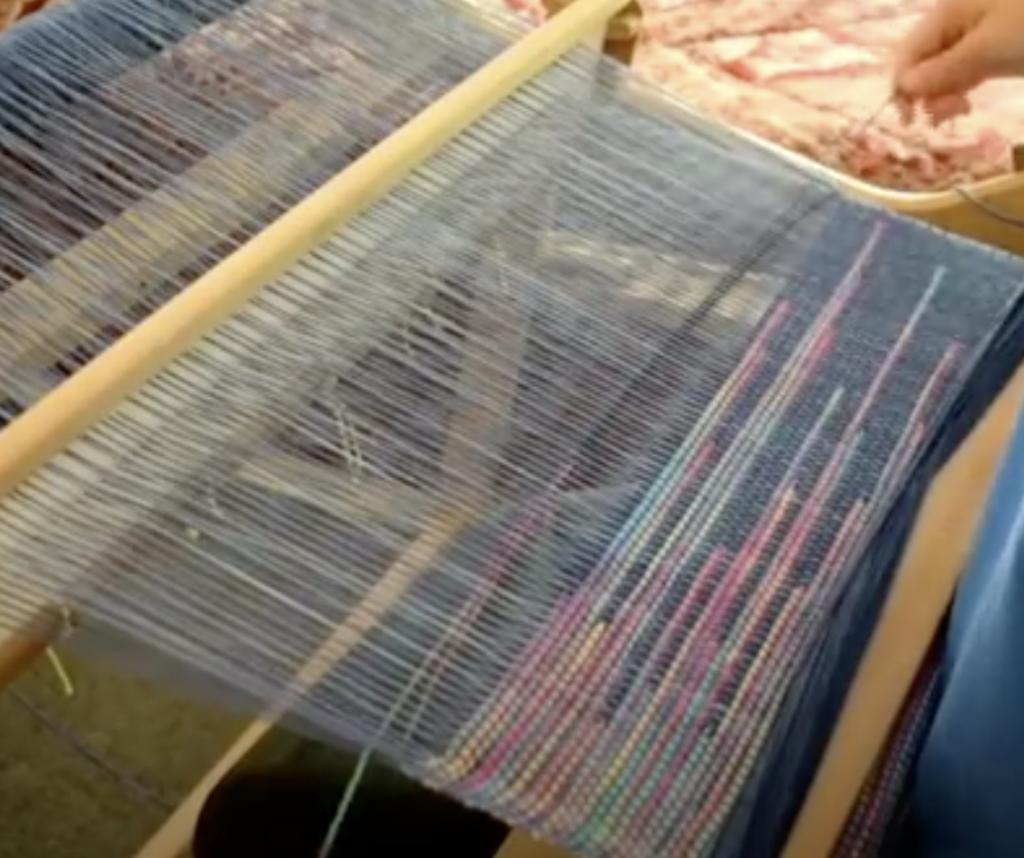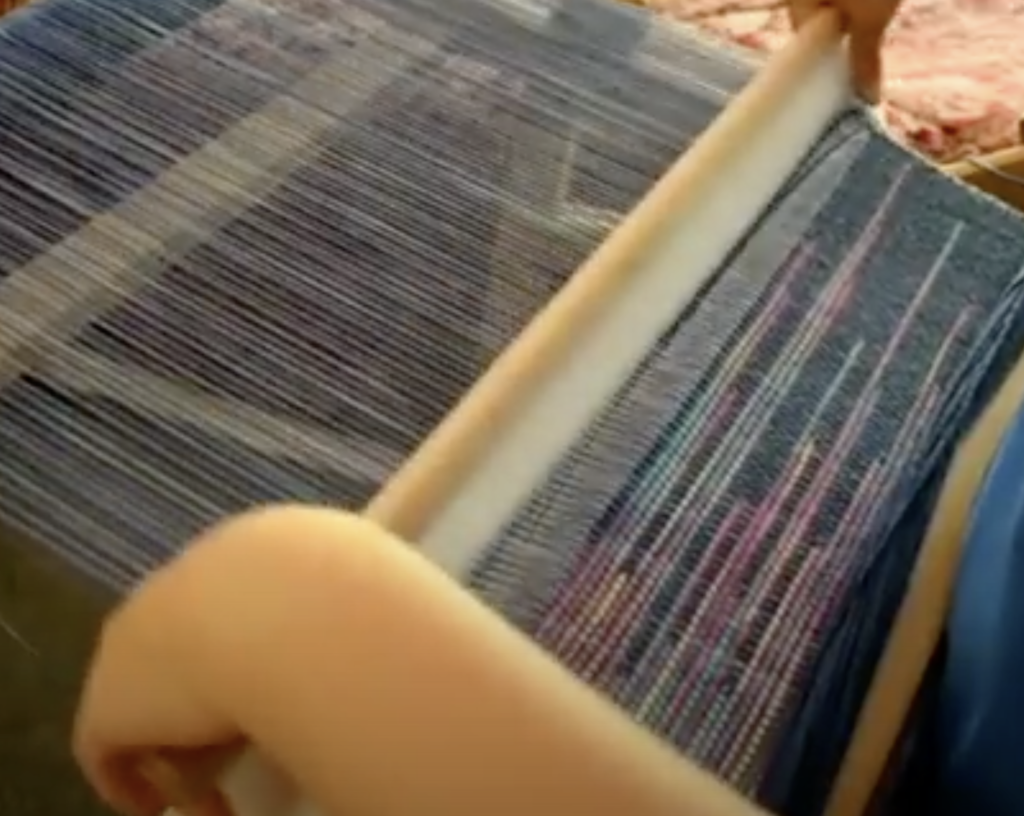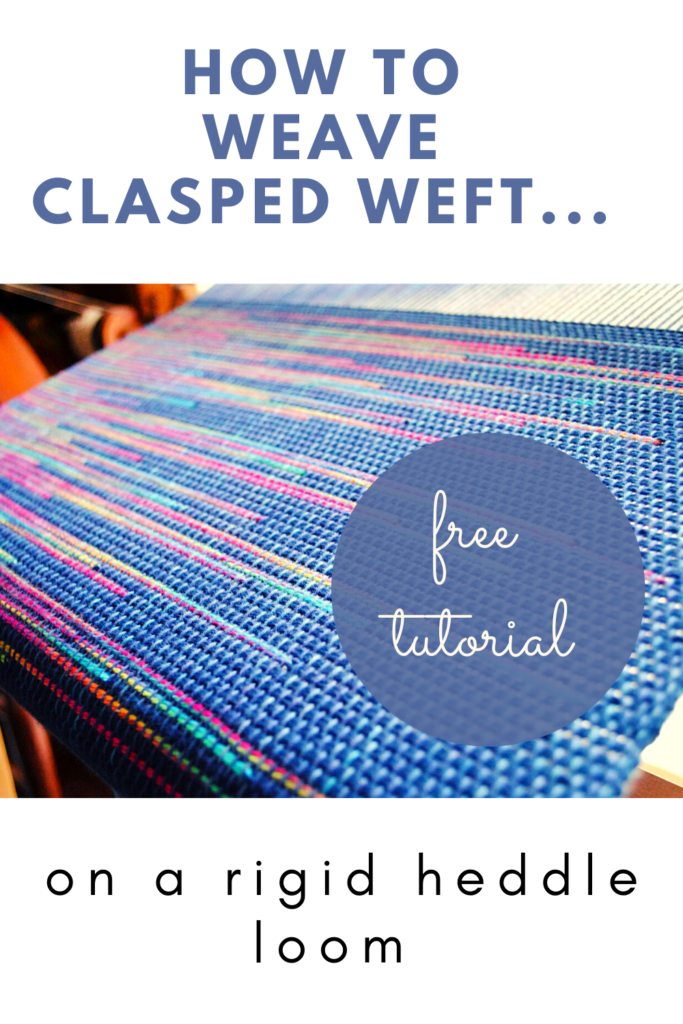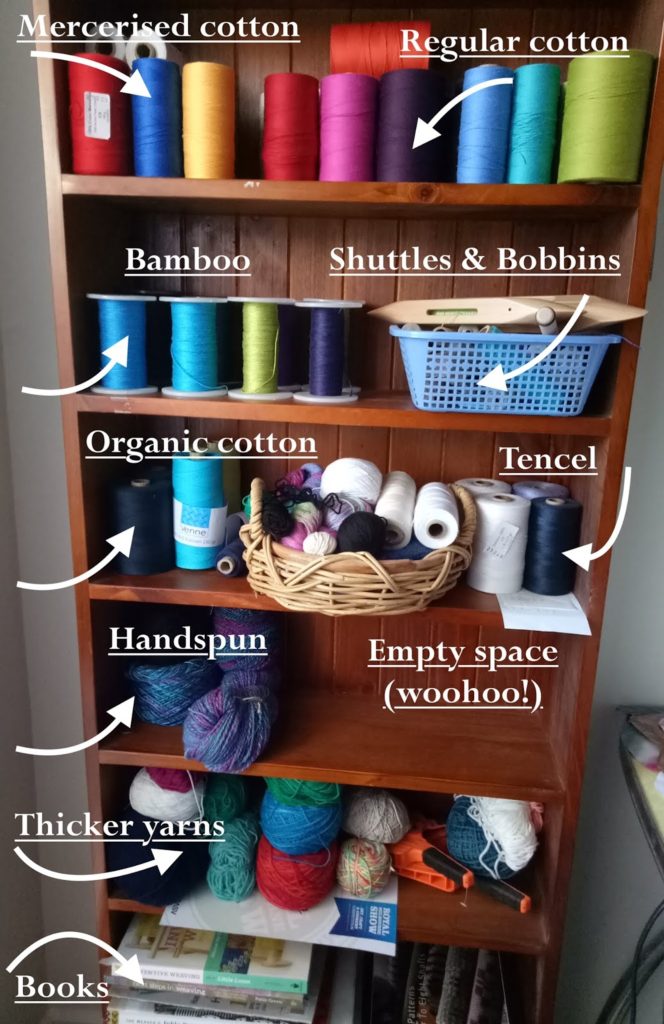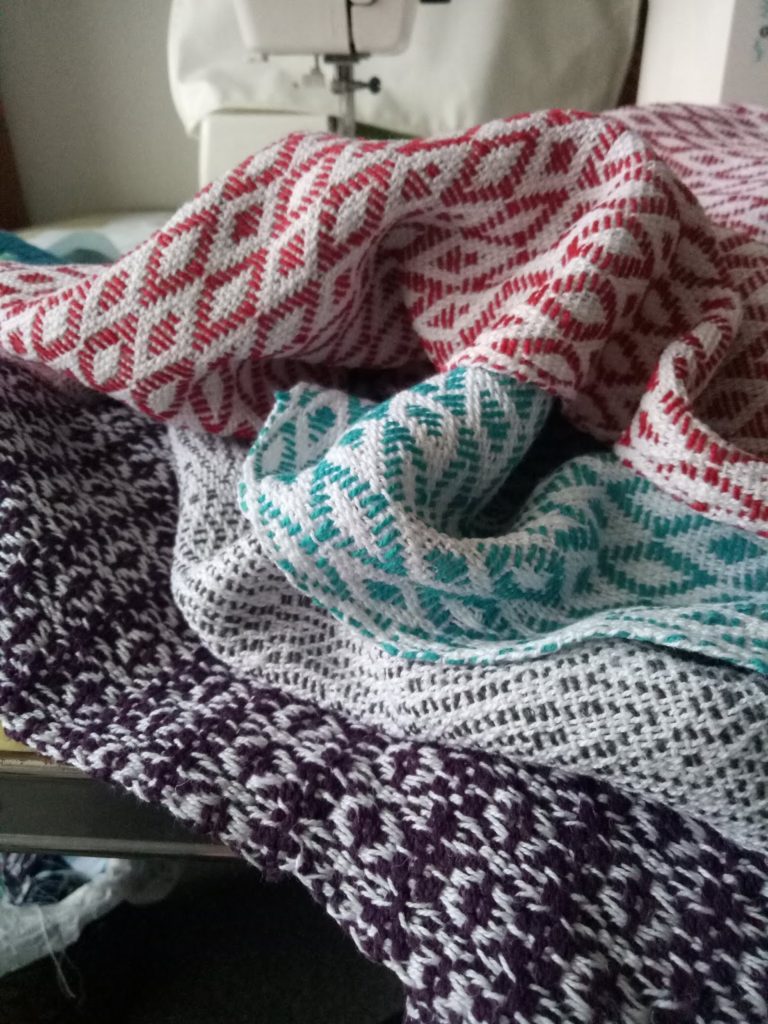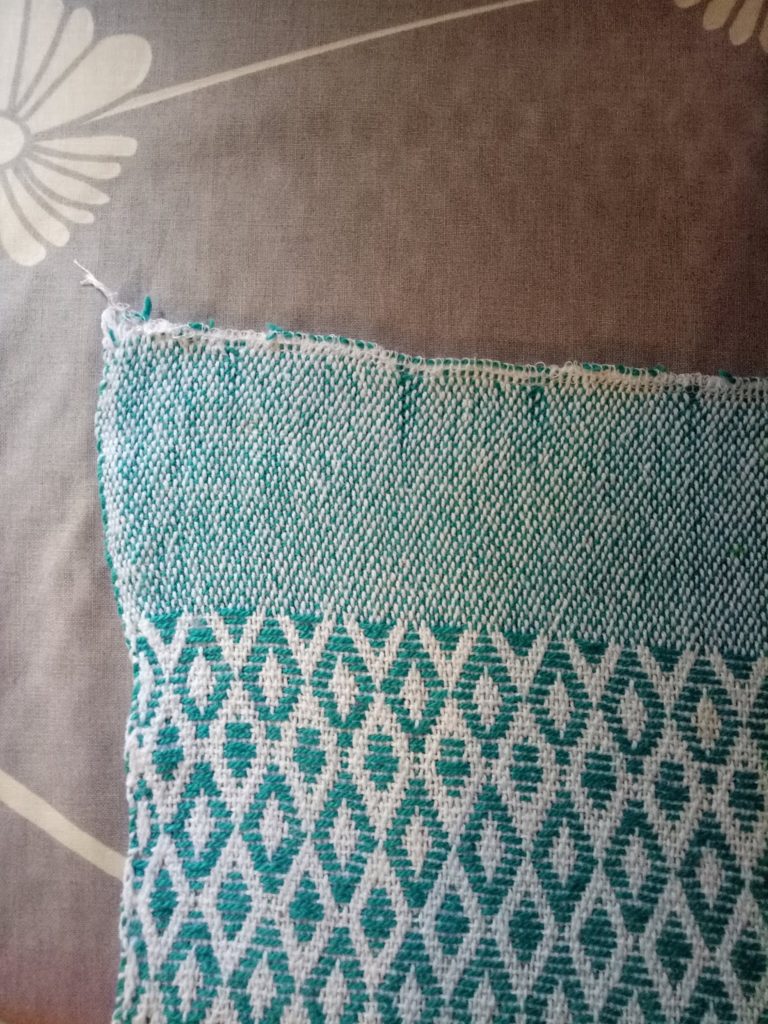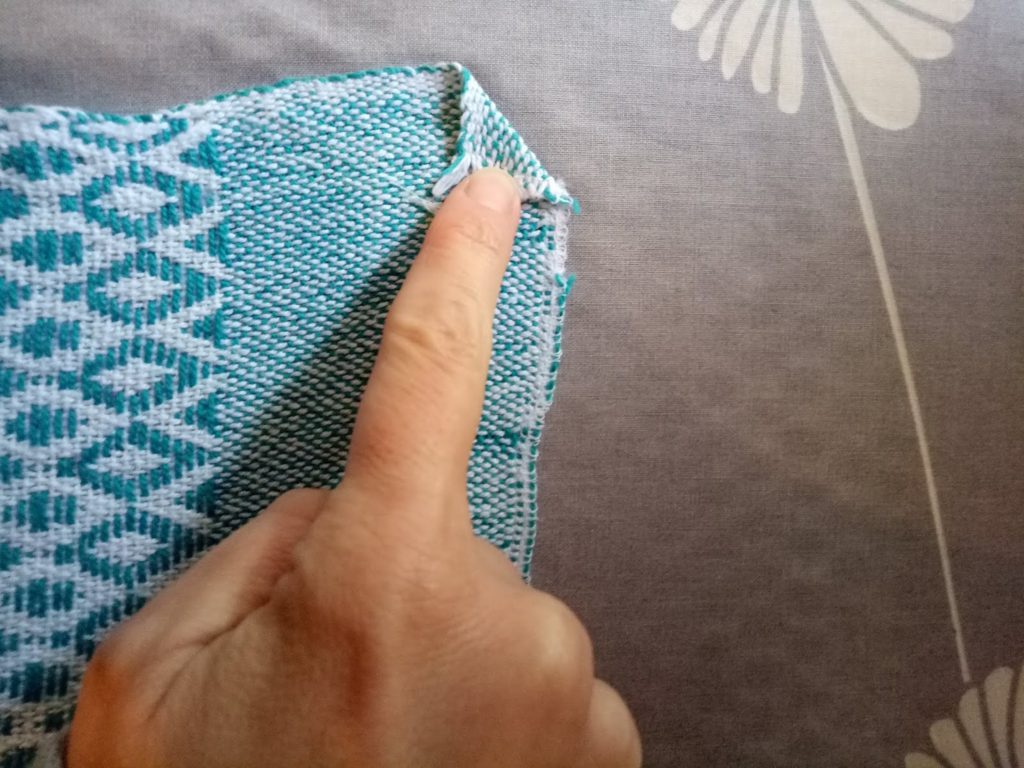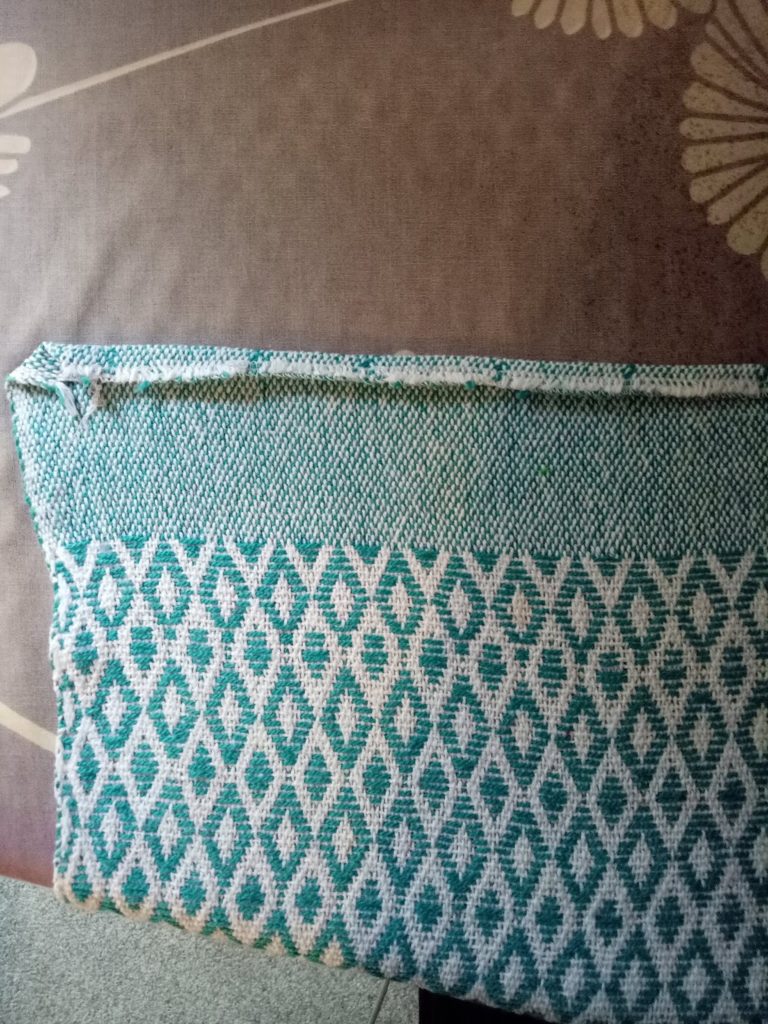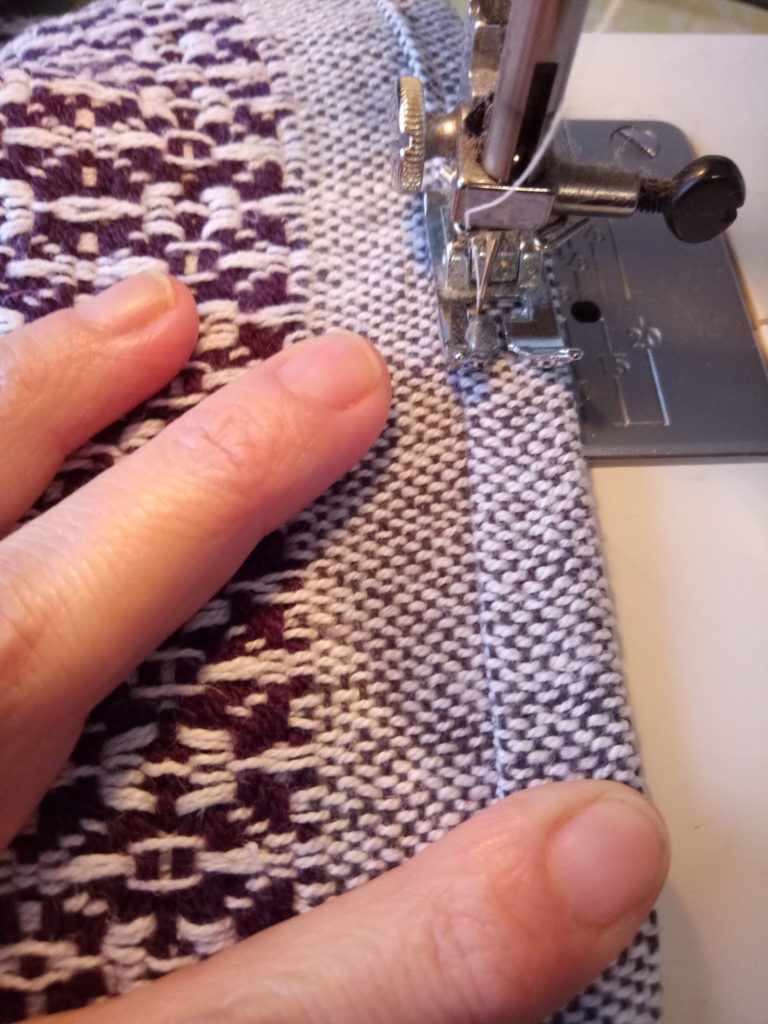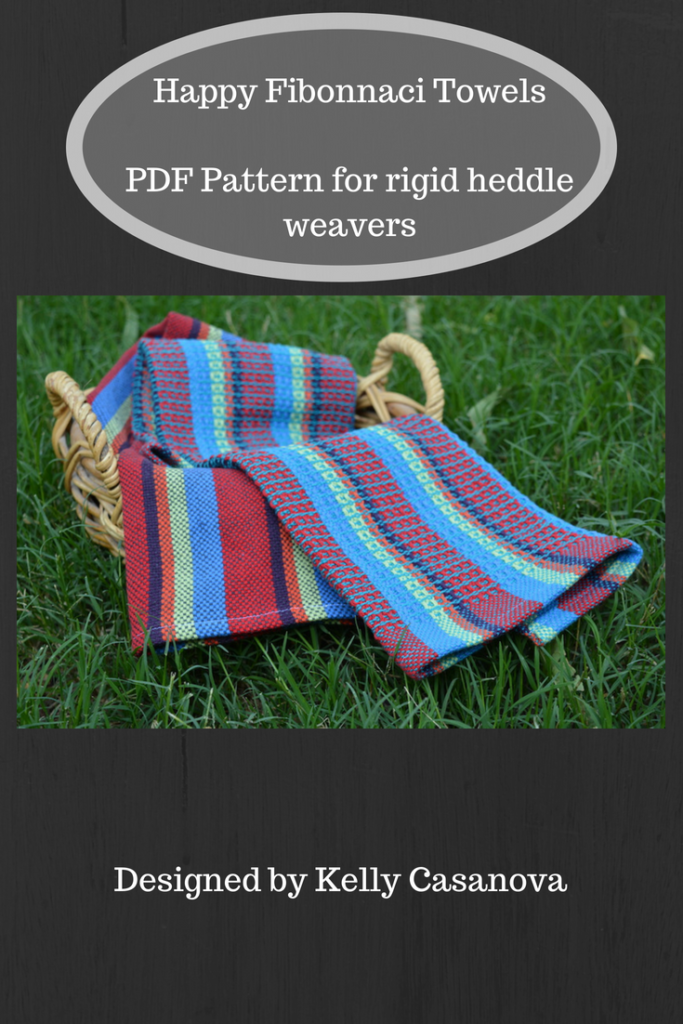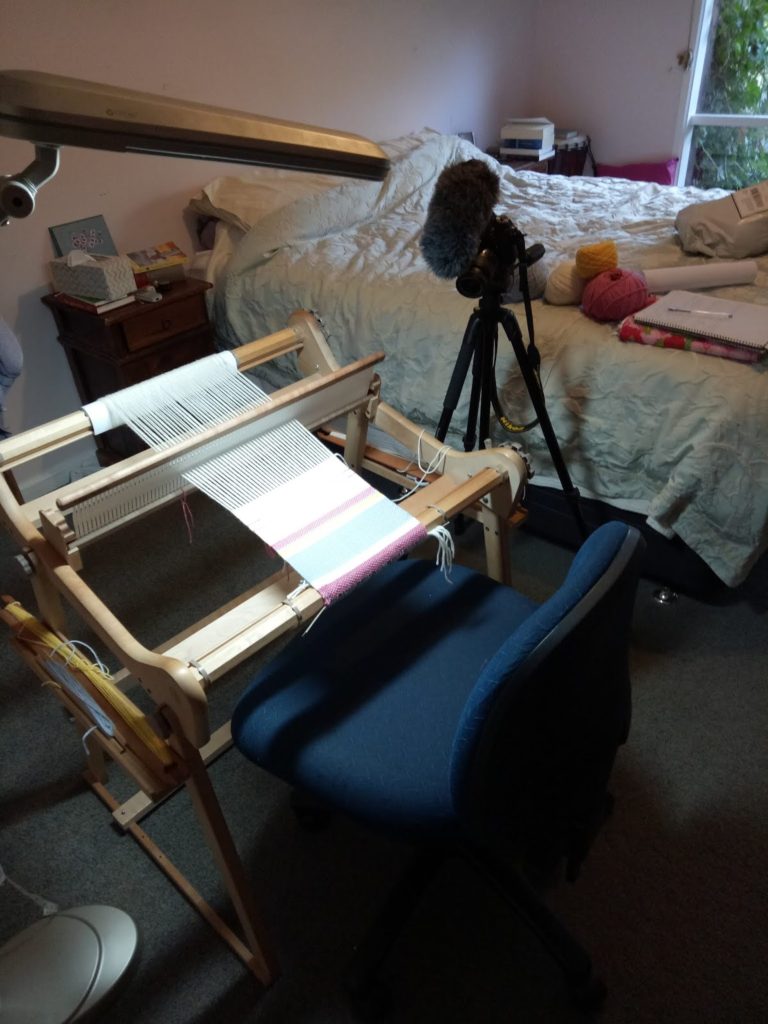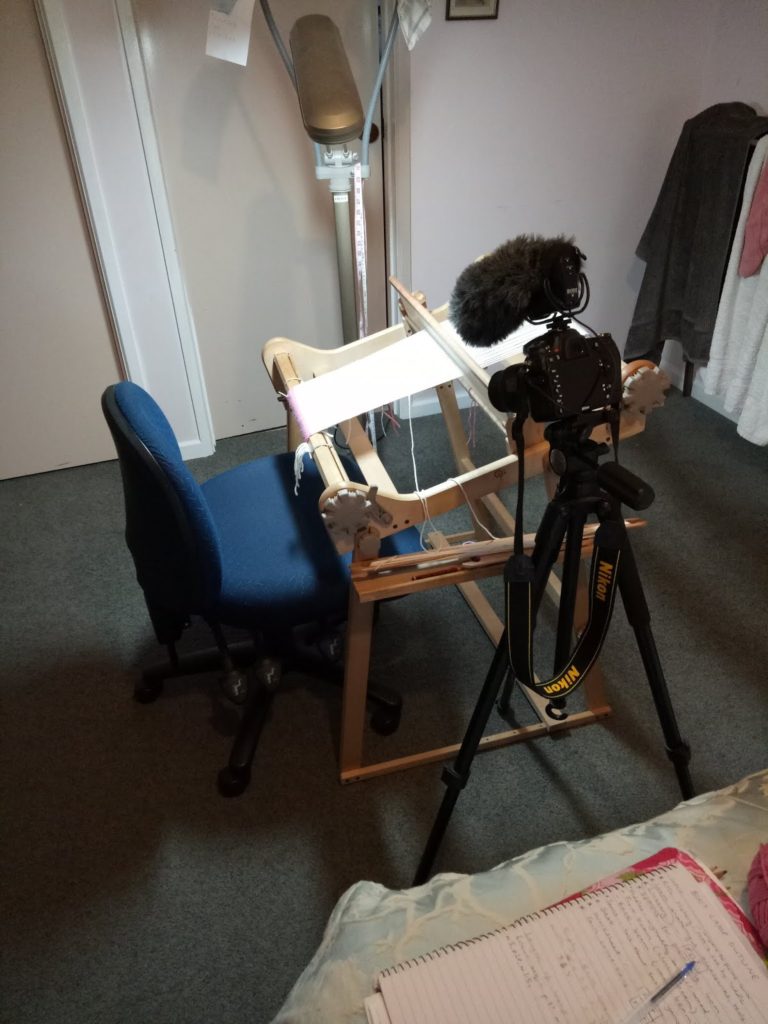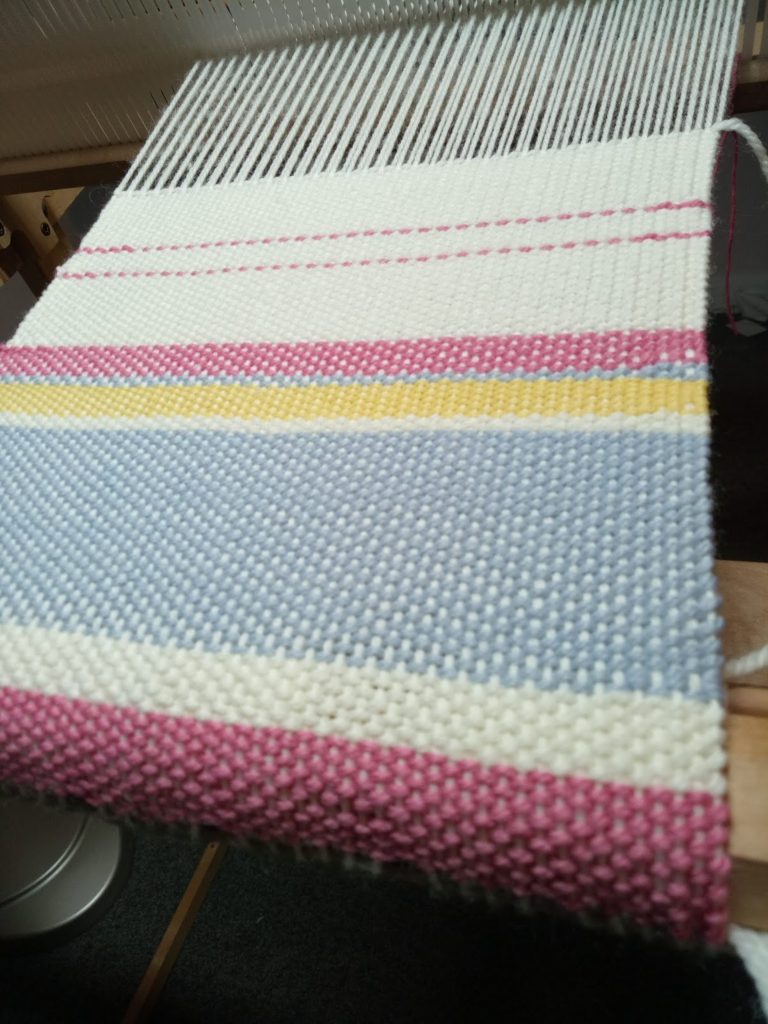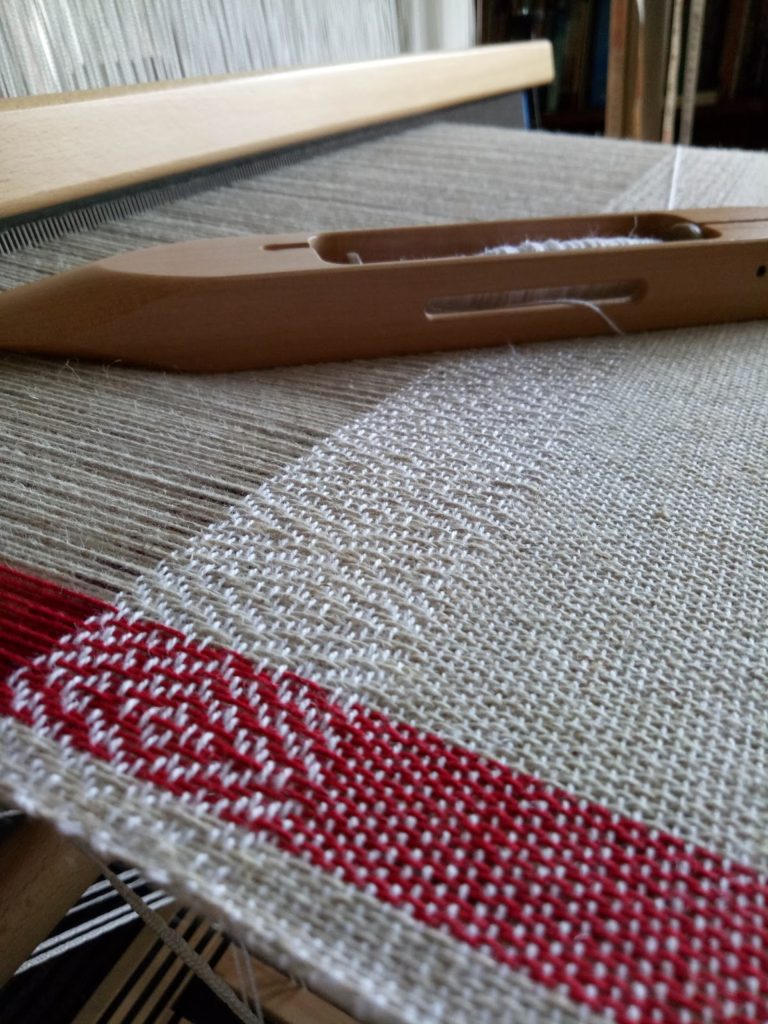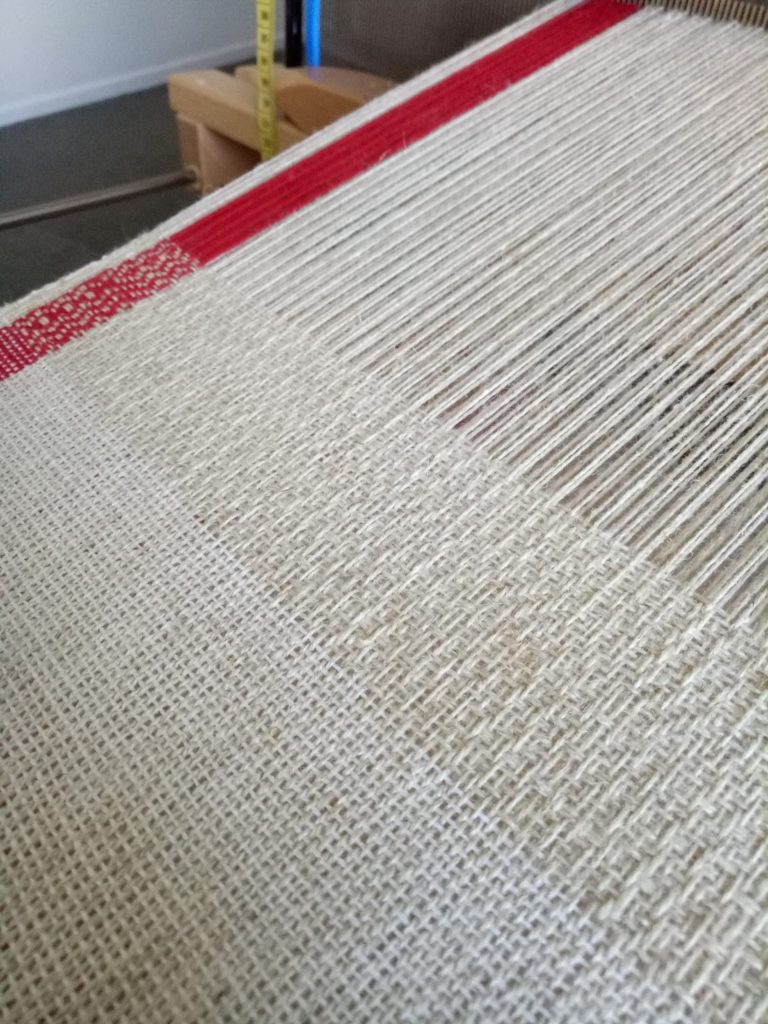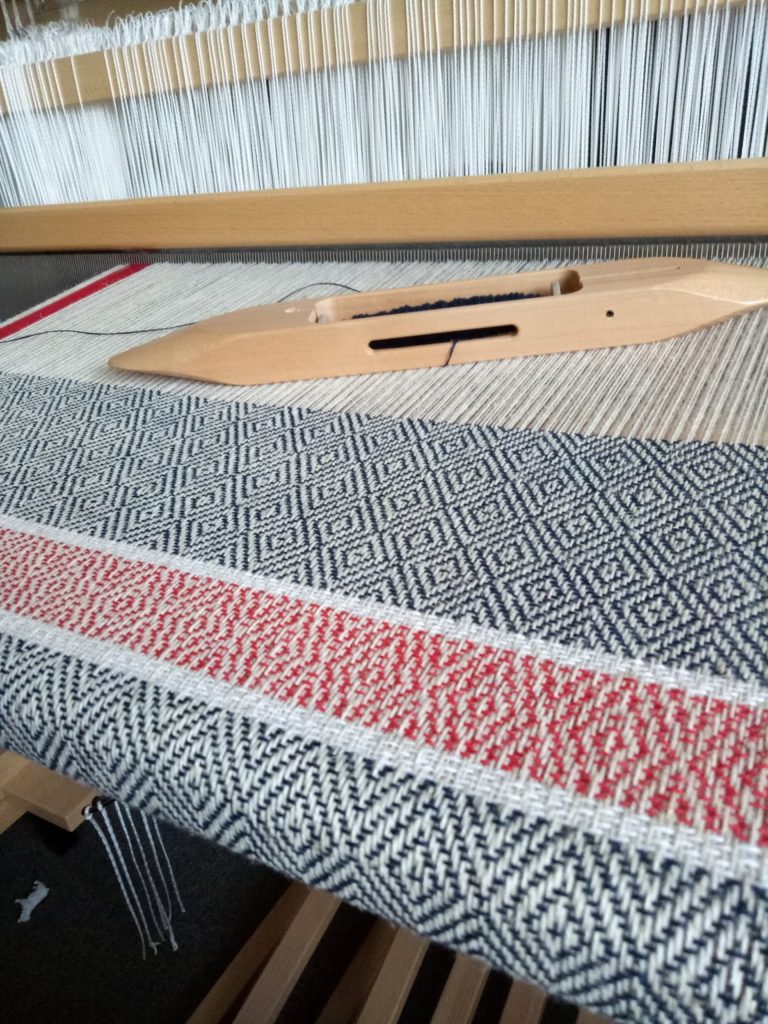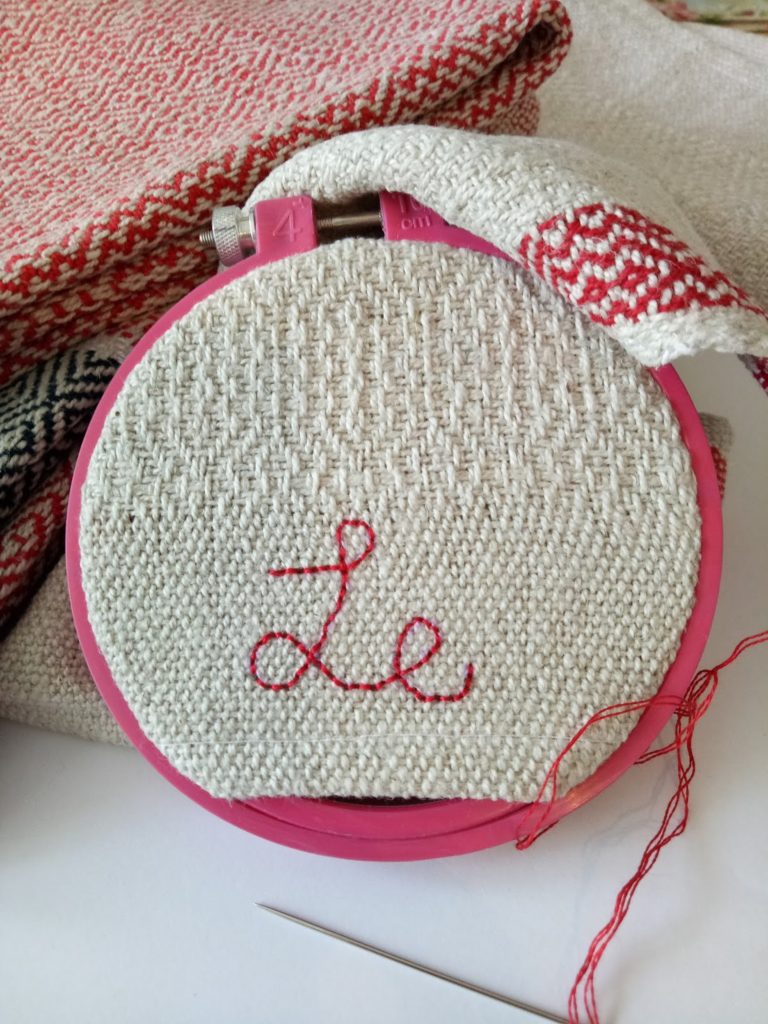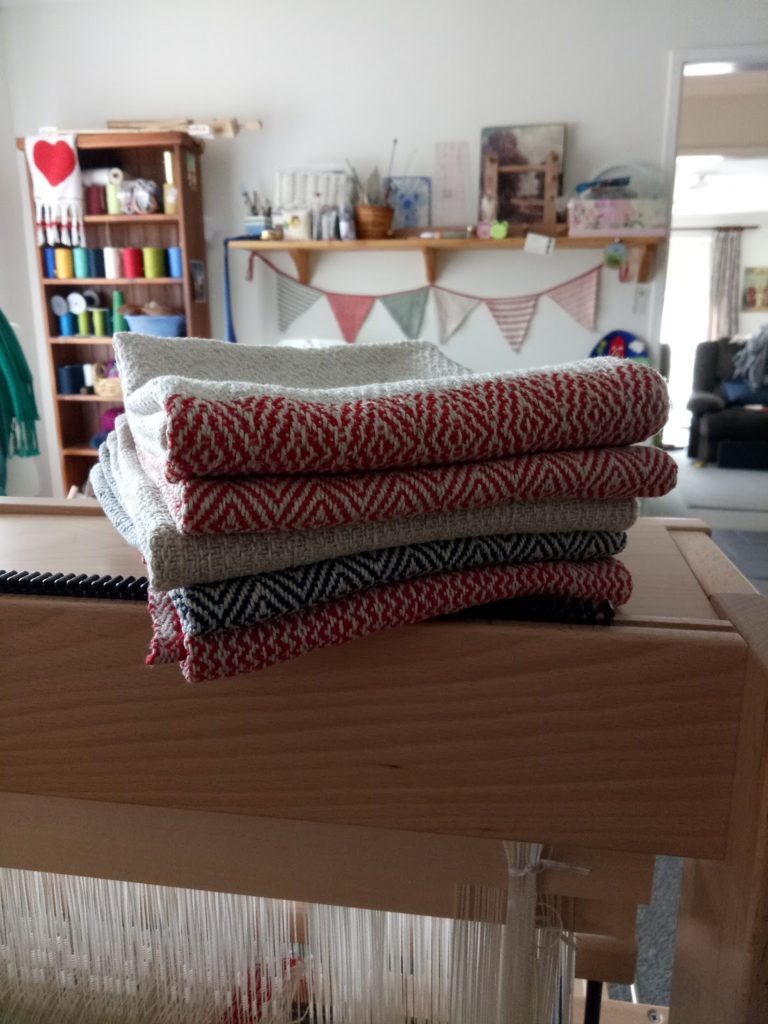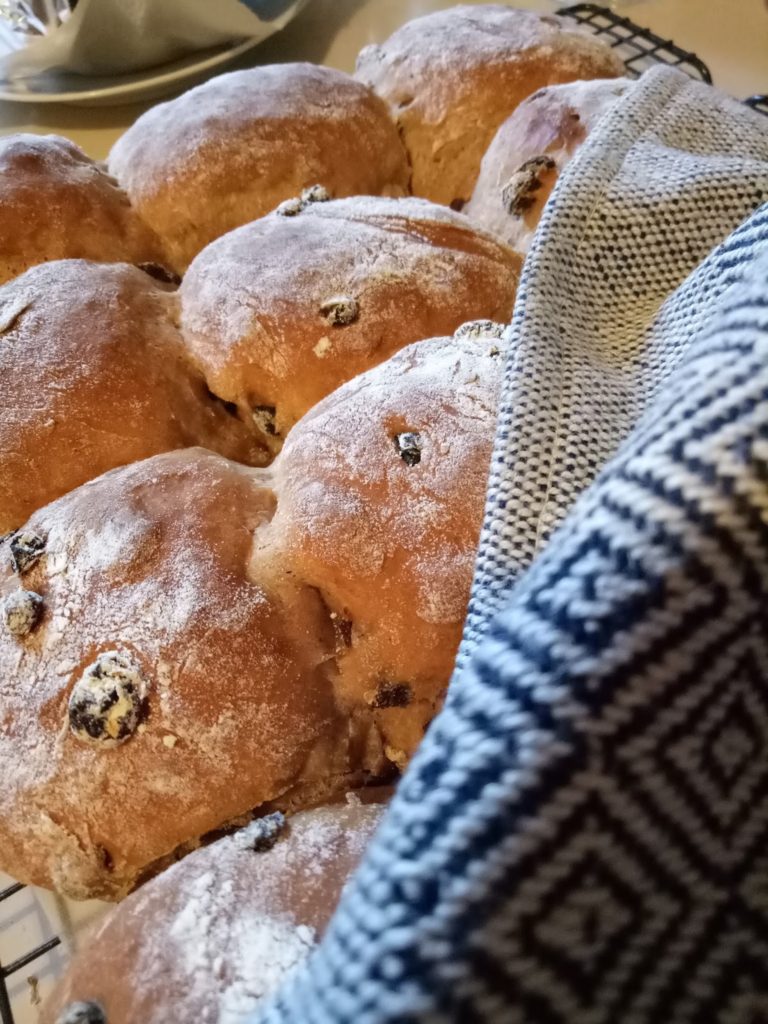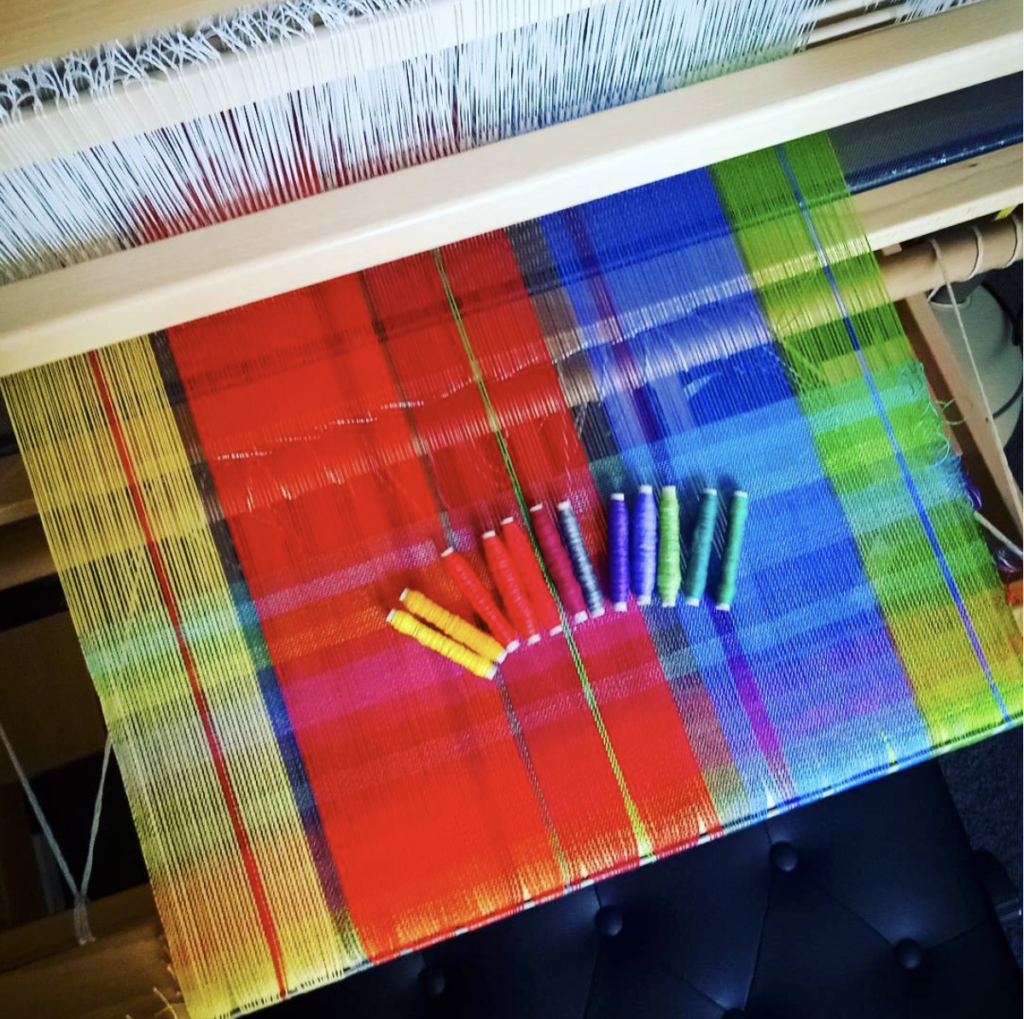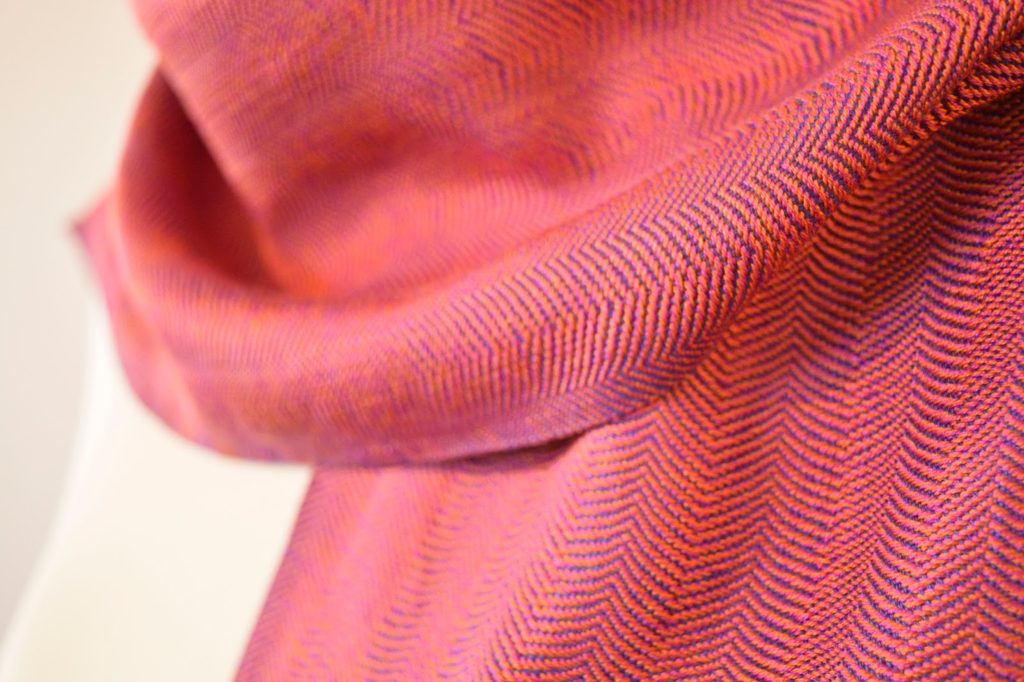In the last week of our holiday, we had bucketing rain for 5 days. At first it was disappointing to not be able to get out to the beach and hiking as we normally would, but it ended up being a blessing in disguise. It forced us to just relax and enjoy the peace of the home and surrounding property. One of my favourite things each morning was to wake up and throw open the bedroom window. I would breathe in the fresh, clean air, observe the native birds and the sounds of a rooster crowing somewhere nearby. If I was lucky, I would spot a wallaby going about it’s business. It’s such a simple thing, to open a window early in the morning, but I don’t do that here, in the suburbs, where throwing open the window exposes you to noise and unpleasant, odorous, unclean air.
So now we’re home and back into the routine and the regular work. House work, homeschool, my husband’s job, my weaving related work and everything in between. We continue to work hard and move towards our goals, hopes and dreams. We continue to hope that the property in the country that we dream of will become available, and that it will be within our budget. I will continue to grow this little business in hopes that it will help us achieve those dreams.
The ideas never stop flowing, so that is not a problem at all! I just completed a free Youtube class for my Moroccan Dream Scarf, which is a pattern I gift to new email subscribers. Next up is to begin the follow up to my Introduction to Floor Loom weaving class. I have been in the planning stages of this for a while and can’t wait to get started filming. The class will include an optional sampler for those who need the extra practice, plus a project that I think you will love.
With Christmas fast approaching we are busy attending end of year parties, award ceremonies and concerts. It is a busy but very special time of year as everyone seems to be breathing a big sigh of relief and looking forward to some rest and family time (here in Australia we have 4 weeks of school holidays as it’s Summer). My husband has to work over Christmas, as he works in the health care industry, but we will make the best of it and enjoy the time we do have together as a family. The children are anticipating the annual tradition of my gingerbread church, they love to see me bake and assemble it as much as they love to eat it. My husband often makes a traditional Scottish Clootie Dumpling, which is also a much anticipated feature of our family festivities.
Years ago, I reached a point where I realised that I was completely caught up in the pre Christmas rush. I was stressed and trying to do too much. I made a conscious decision that from then on, Christmas was going to be quiet and relaxing. I would focus on Jesus, because without Him, there is no Christmas. The day of celebration is for Him, and what right do I have to be worldly and think it is all about me? Well, it worked. I accept that the lead up to the day is going to be more busy than usual, but it need not be stressful. Our Christmases are peaceful, restful and worshipful.
It can be hard amongst all this activity to find the time to weave, so, as I’m always telling my students to do, I am making time to weave. Time waits for no man (or woman), so we creatives need to be clever and make the time work for us. Last night I got out my inkle loom and worked at the band that has been on there for way too long, so that it’s now almost finished. Small, constant steps can give big results! I hope you’re making time to weave and be your creative self too!
You will be hearing from me again soon, so until then, Happy Weaving!






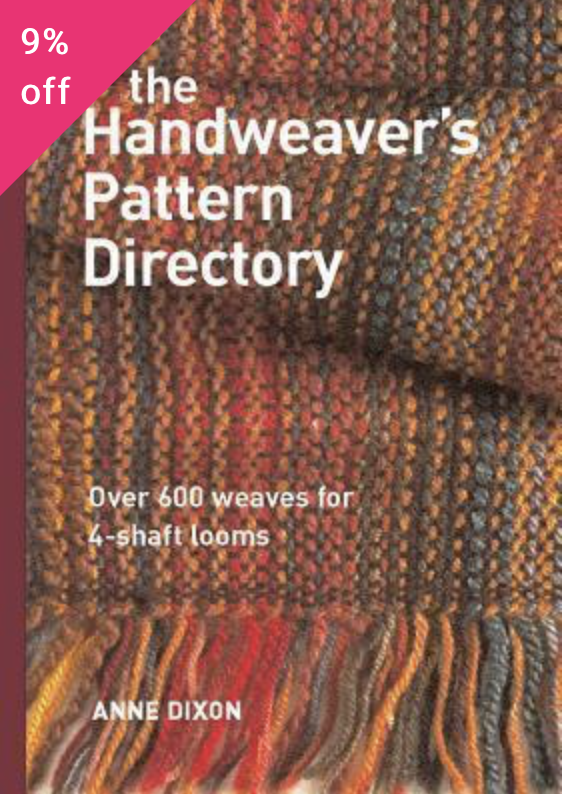
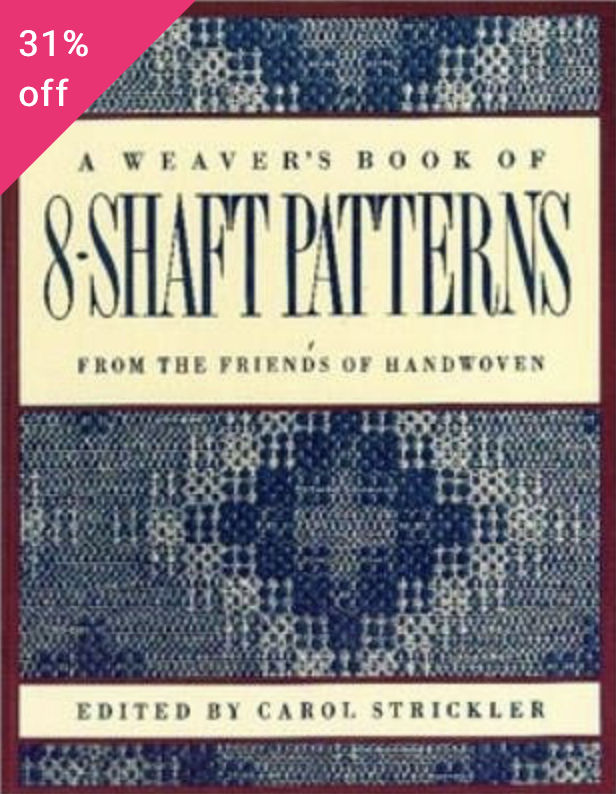
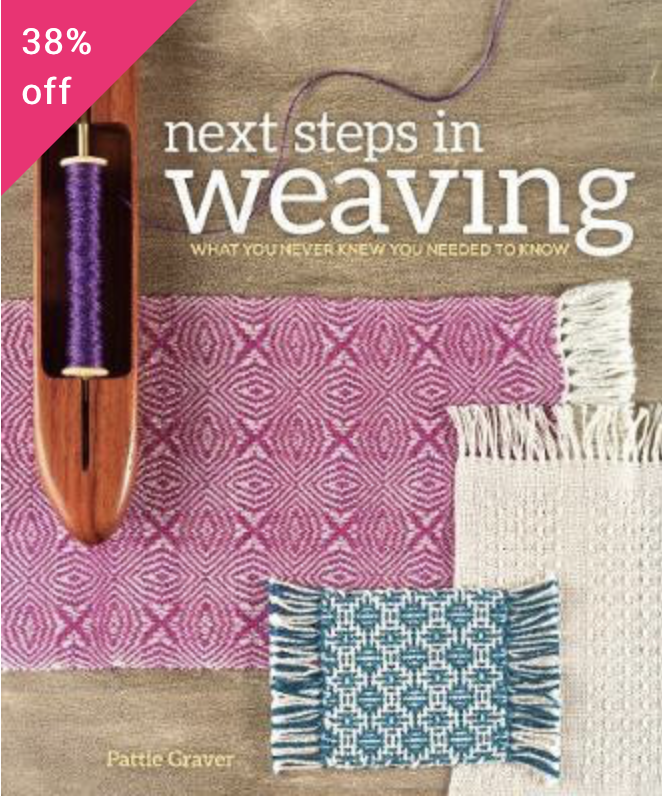
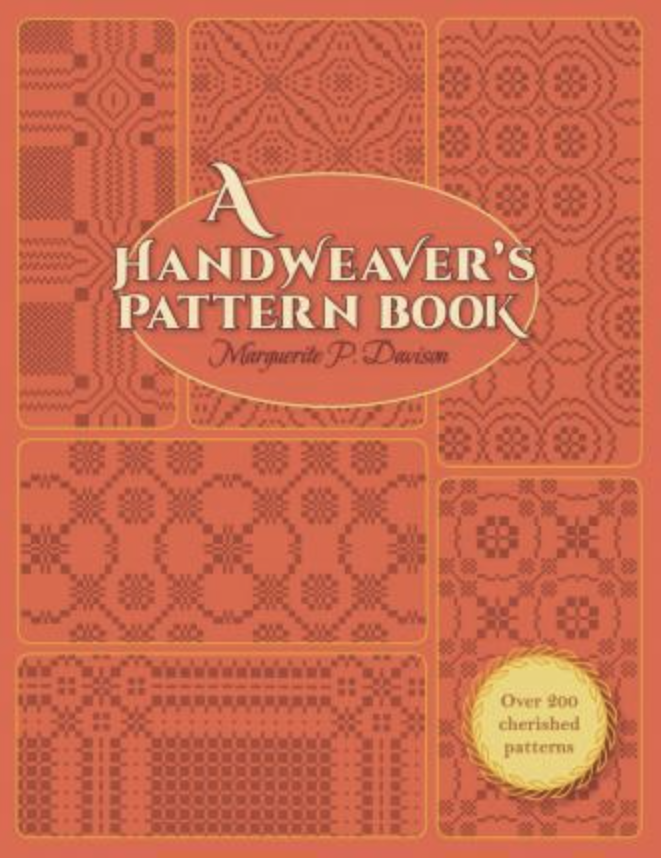

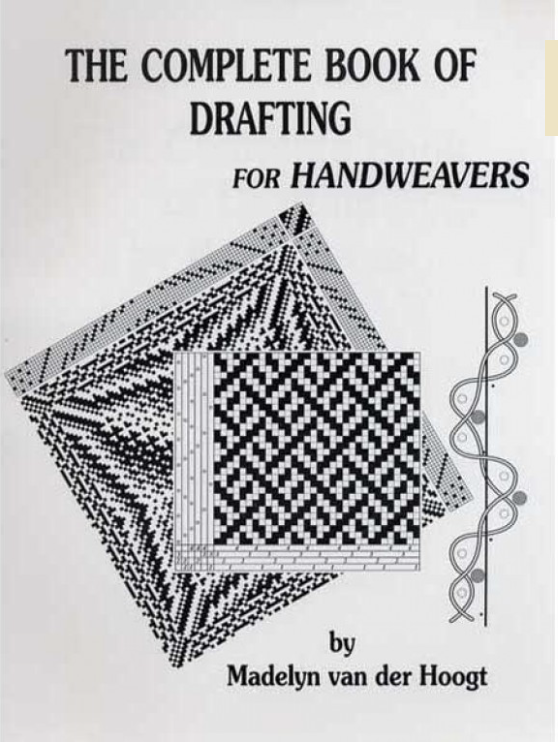
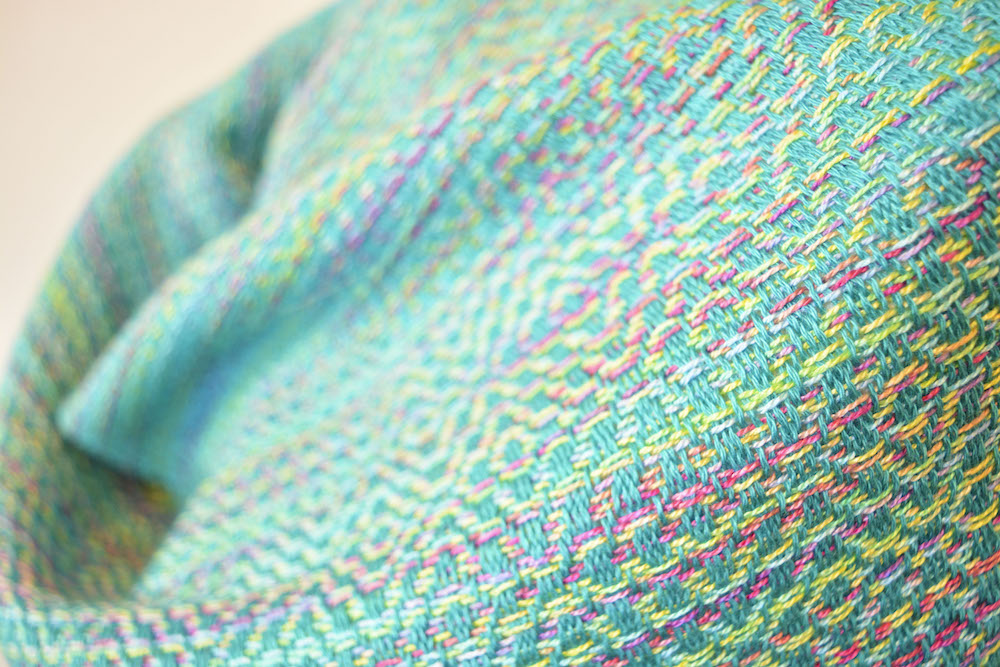
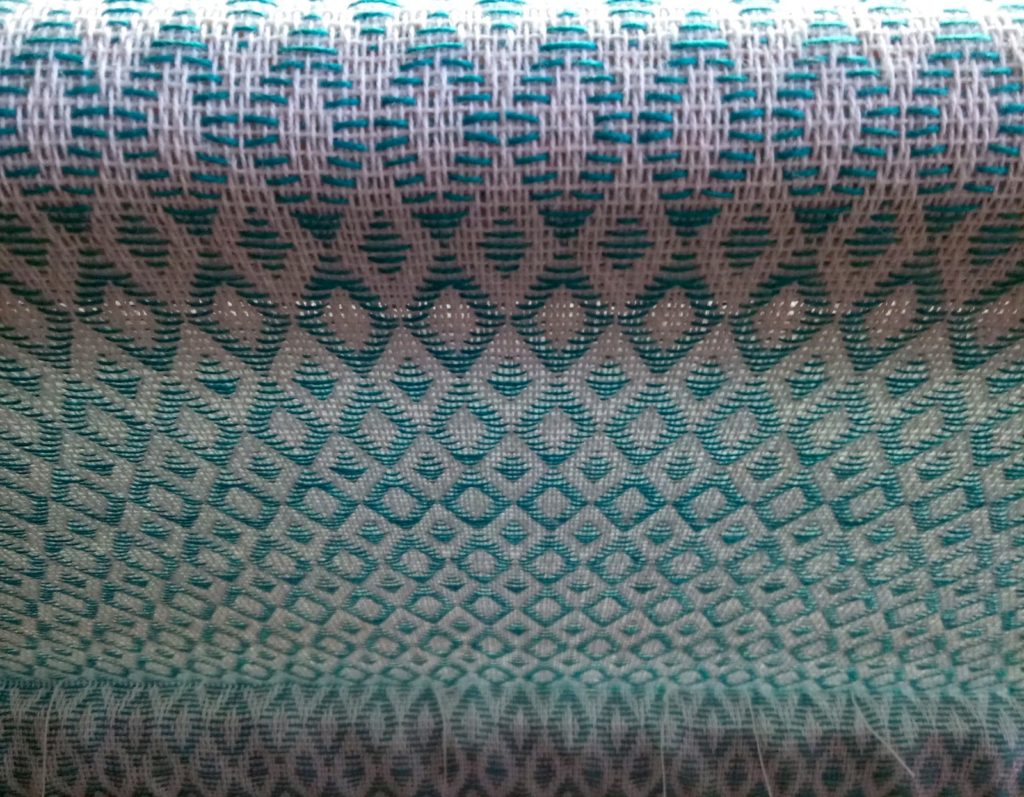
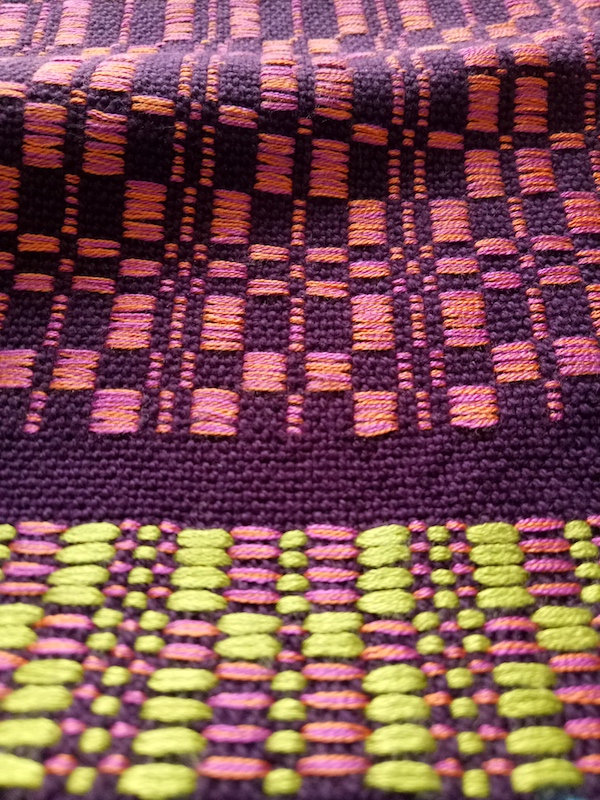
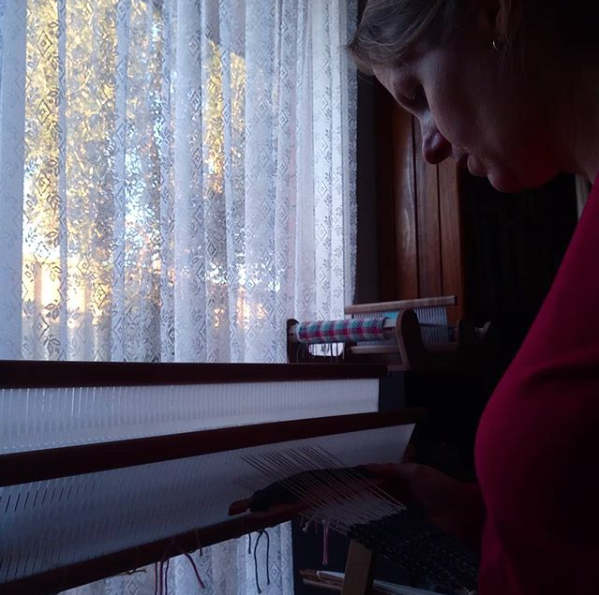
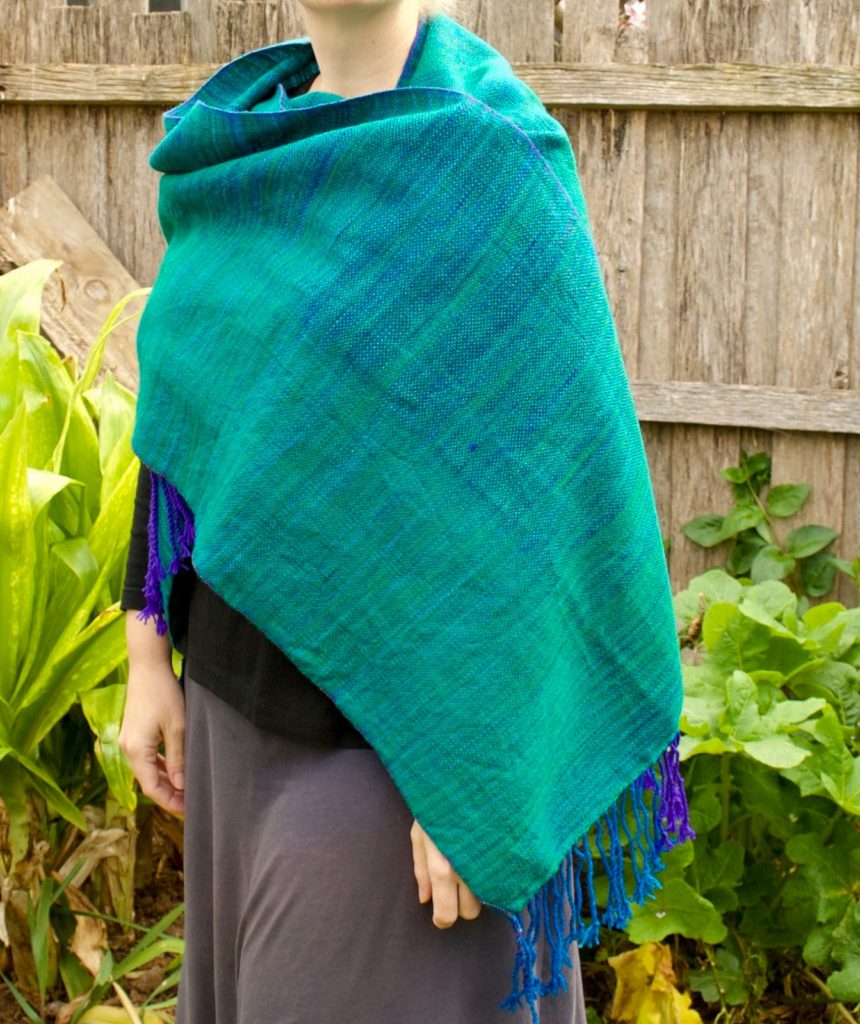
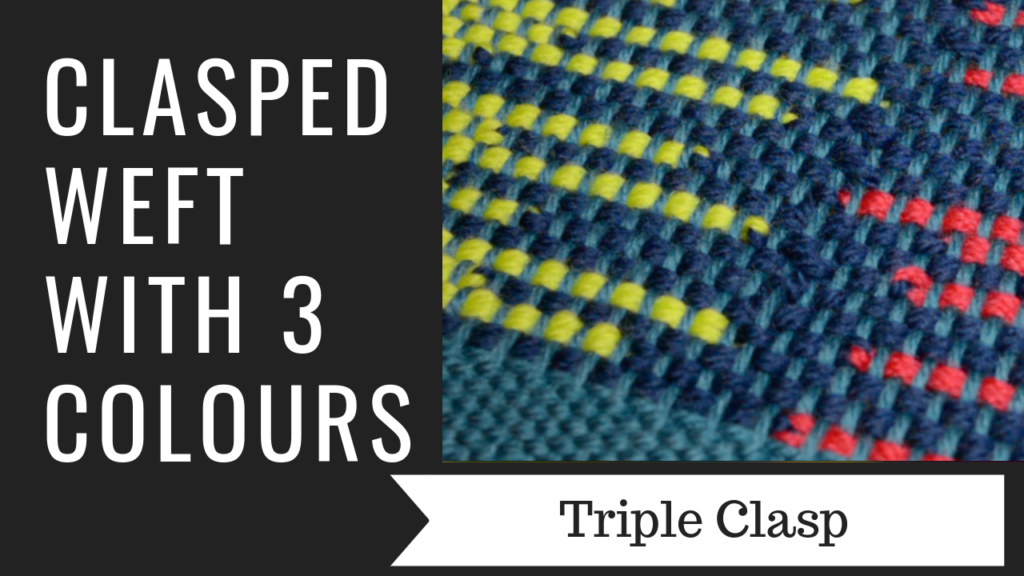
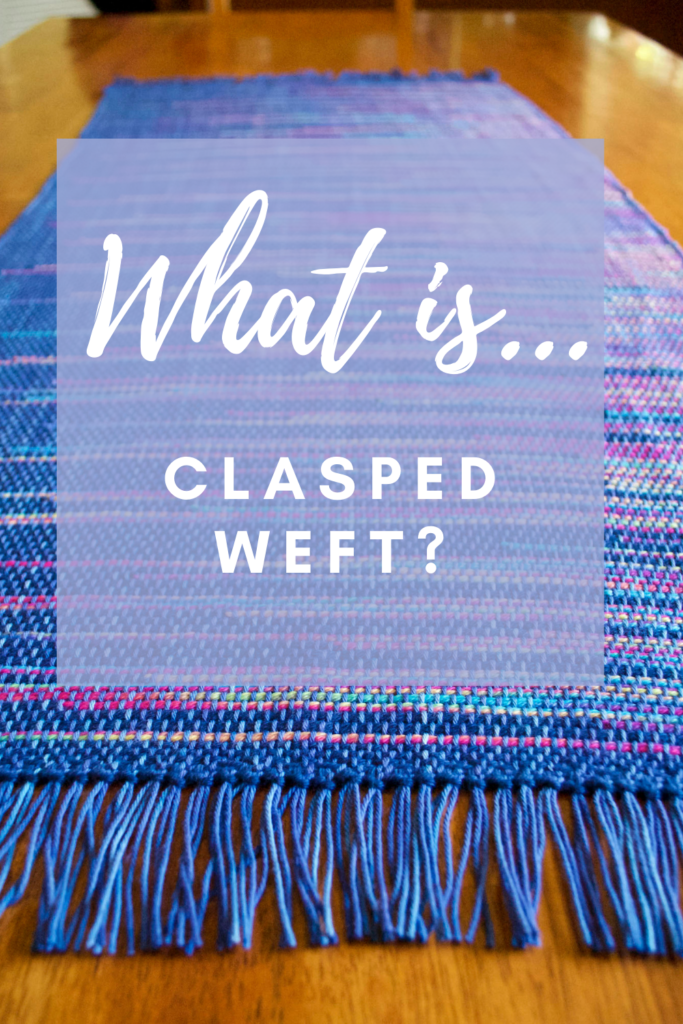

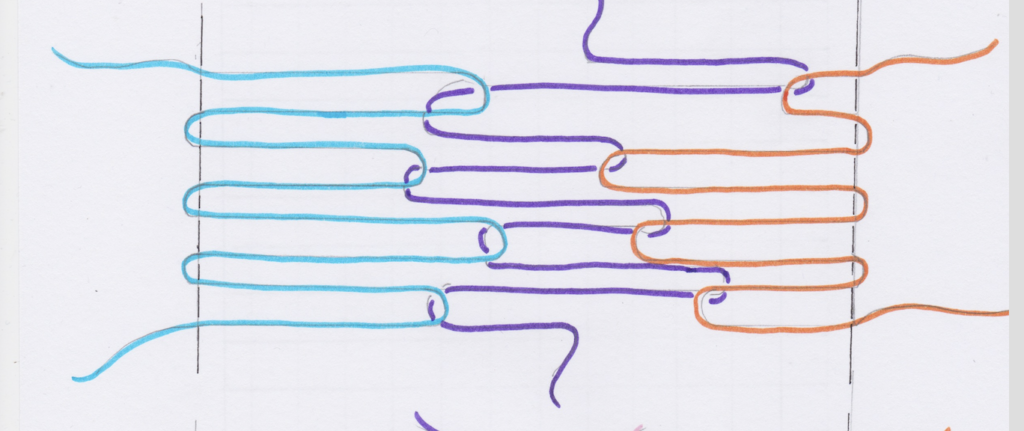
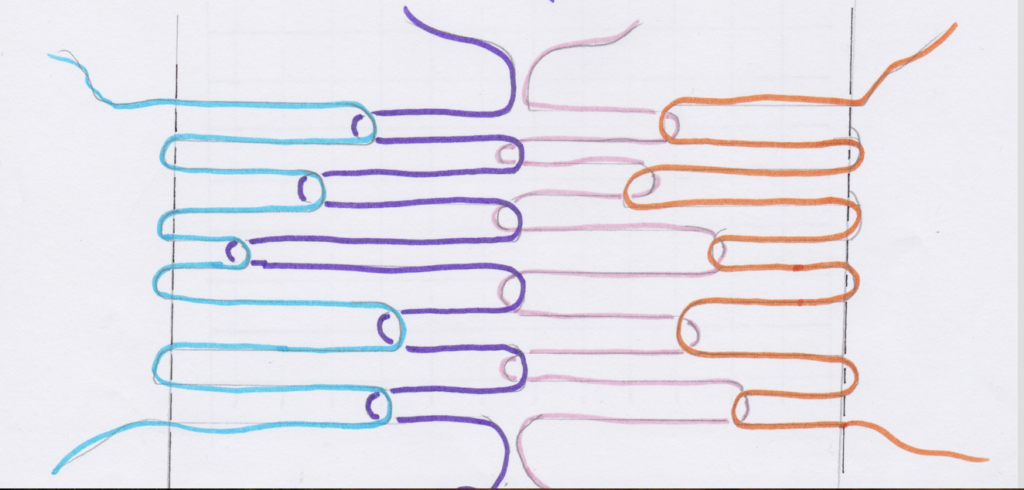
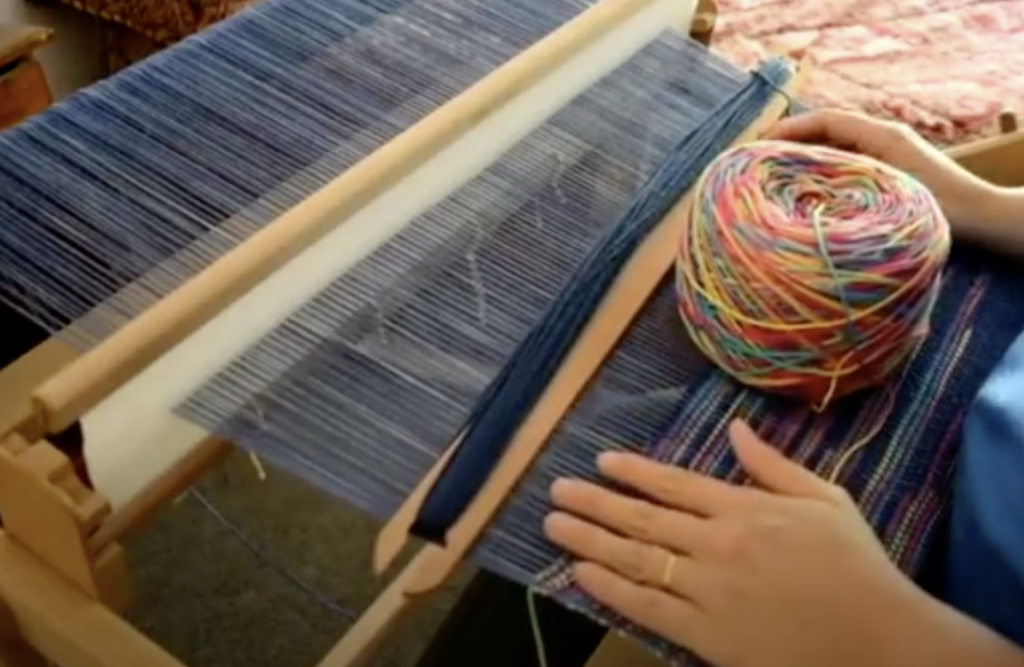
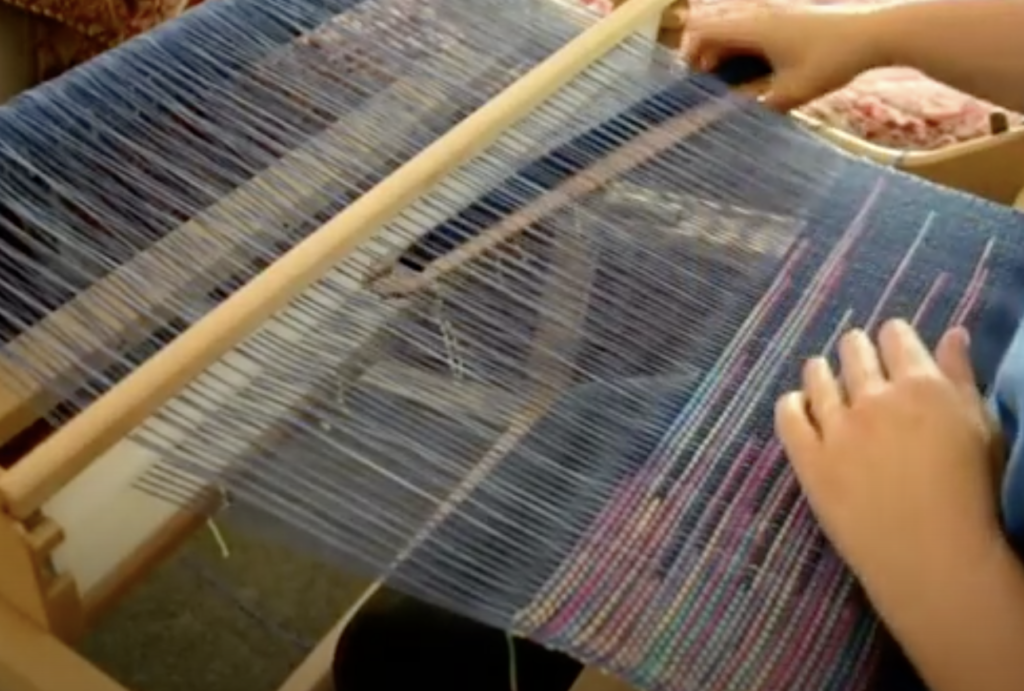
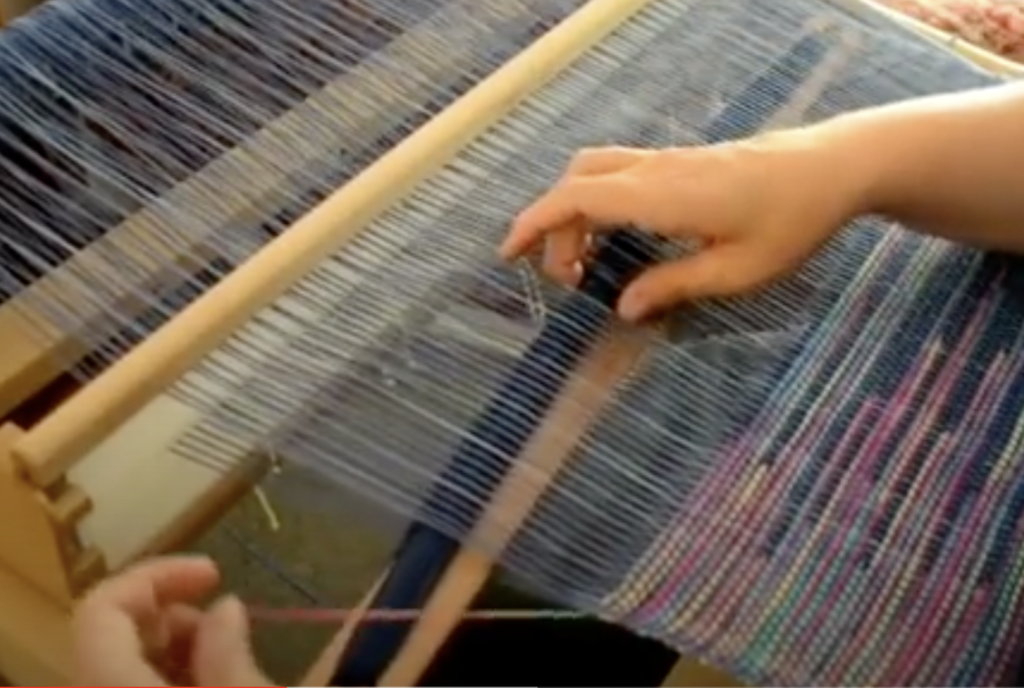
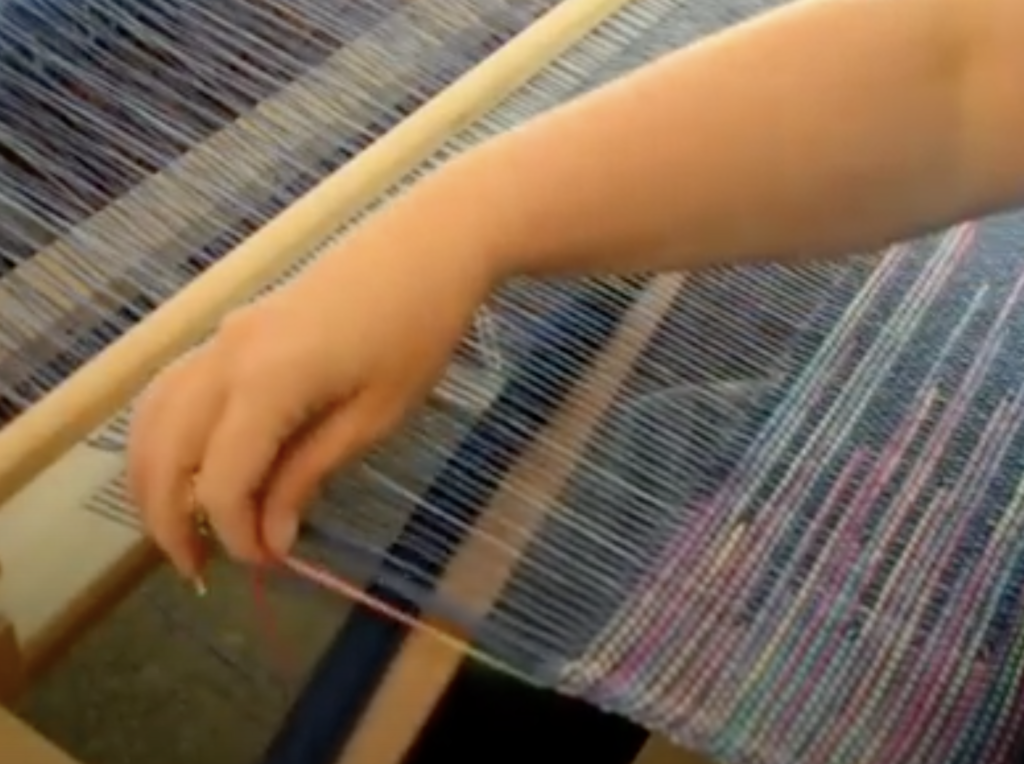
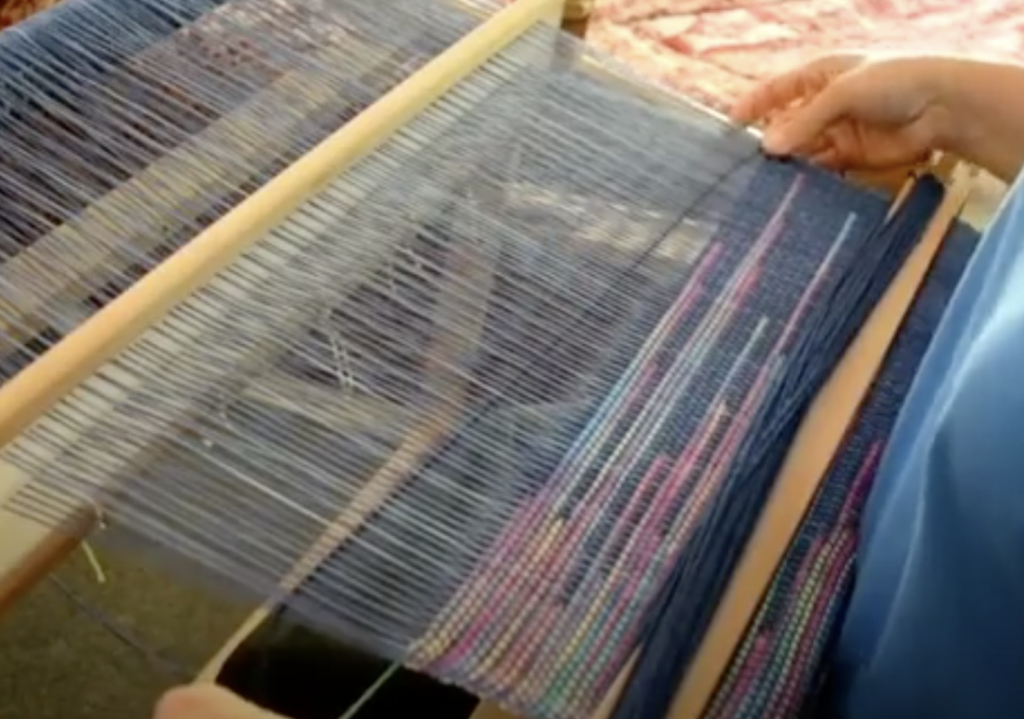 On the right hand side (where your shuttle entered), tidy up and prepare your weft yarn as though you’re going to beat the pick in. If you’re not familiar with how to do this, watch my free video on
On the right hand side (where your shuttle entered), tidy up and prepare your weft yarn as though you’re going to beat the pick in. If you’re not familiar with how to do this, watch my free video on 